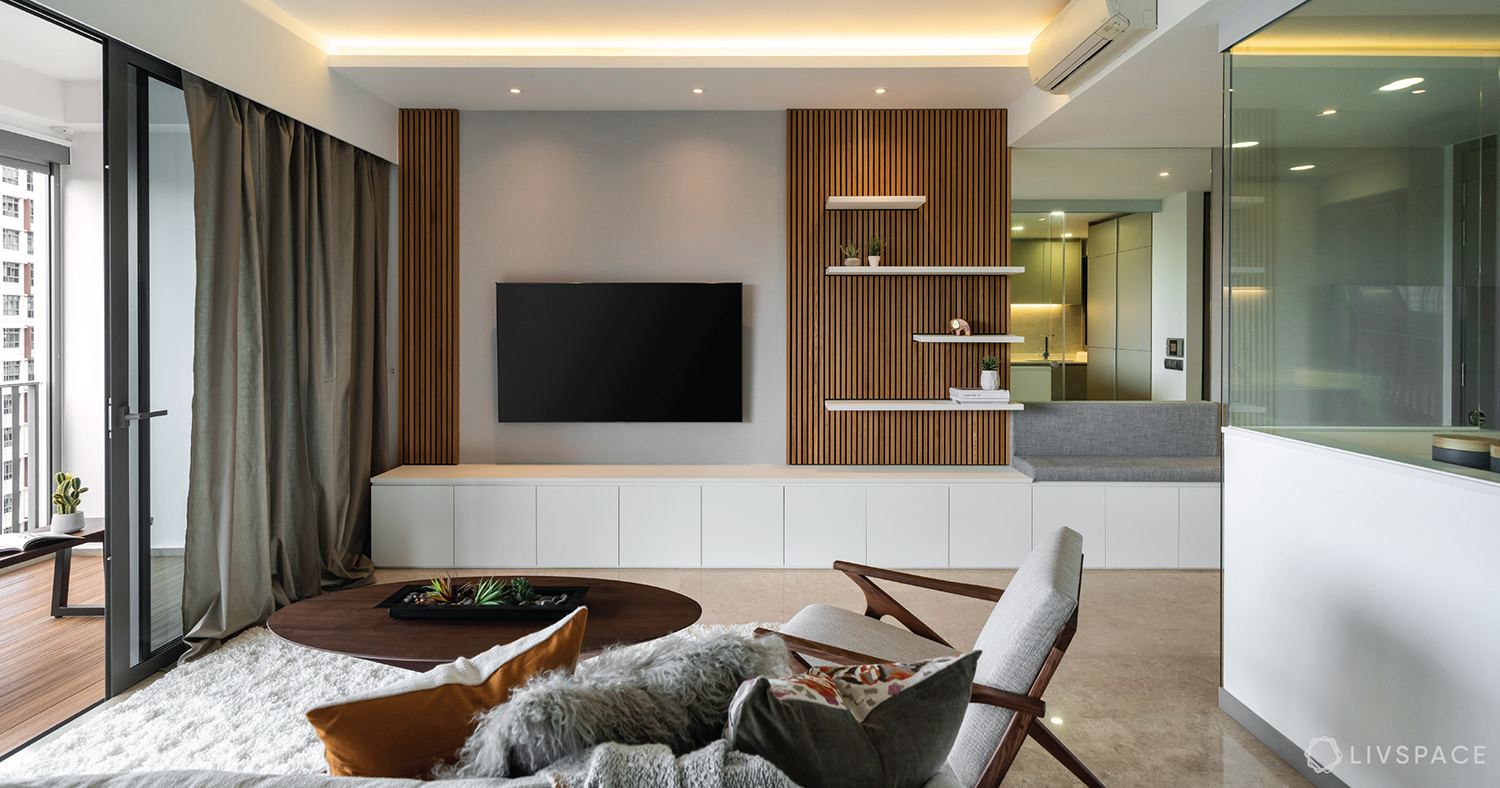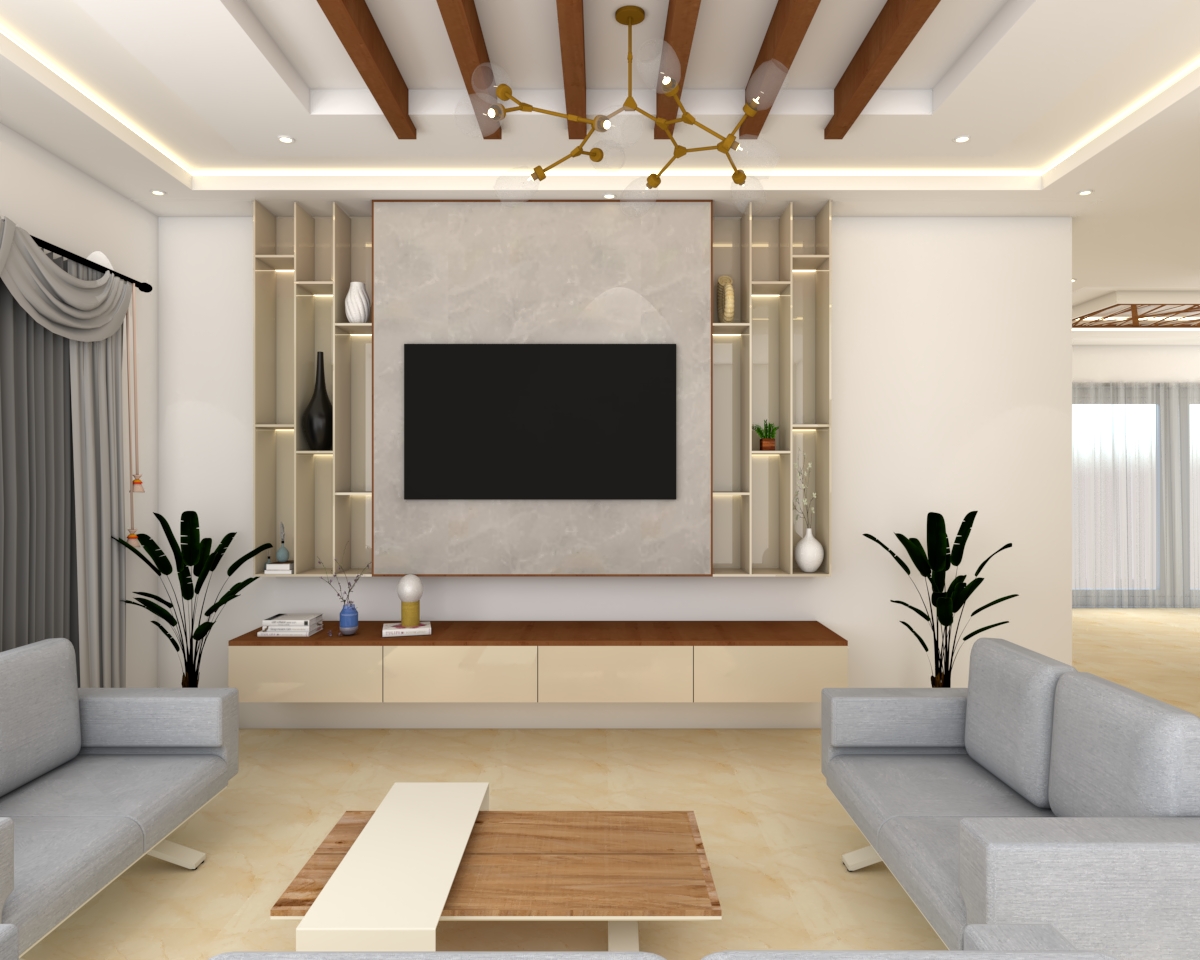Experience Elegance with a Top High-end Interior Designer Miami
Experience Elegance with a Top High-end Interior Designer Miami
Blog Article
Why Comprehending the Principles of Interior Decoration Is Necessary for Effective Room Planning
Understanding the concepts of interior layout is essential to effective space planning, as it lays the foundation for developing environments that harmonize performance with visual charm. Crucial elements such as circulation, equilibrium, and proportion are not just ornamental considerations; they are crucial in optimizing just how an area is made use of.
Significance of Area Planning
Space preparation is a basic facet of interior layout that substantially influences the functionality and visual appeals of a space. It entails the critical plan of furniture, components, and architectural elements to maximize using offered space while improving the overall user experience. Reliable area planning addresses different elements, consisting of flow, accessibility, and the specific requirements of the owners.
Among the primary advantages of space preparation is its ability to boost spatial effectiveness. Interior architecture Miami. By attentively organizing a layout, designers can guarantee that every location offers a function, decreasing mess and advertising a sense of order. In addition, proper room planning promotes an unified atmosphere, permitting smooth movement and communication within a space
In addition, successful space planning considers all-natural light, sightlines, and the connection in between various areas. This alternative method not just elevates the aesthetic charm yet likewise adds to the health and productivity of the passengers. Inevitably, a well-executed space strategy is important in developing a well balanced and inviting environment, making it crucial for any interior style task.
Trick Principles of Interior Design

One basic principle is balance, which can be balanced, unbalanced, or radial. Symmetrical balance produces a feeling of order, while asymmetrical balance provides an extra vibrant aesthetic charm. One more crucial principle is proportion and range, guaranteeing that the dimension of furniture and design components associate sympathetically to every various other and the total space.
Color theory also plays a considerable duty, influencing mood and perception. Developers use shade combinations to evoke certain feelings and improve the spatial experience. In addition, the concept of rhythm entails creating a sense of motion with repeating of forms, shades, or patterns, assisting the eye throughout the area.
Last but not least, the concept of emphasis directs attention to focal points, allowing for a clear narrative within the design. Interior architecture Miami. By sticking to these essential principles, interior developers can develop settings that not just meet functional requirements yet additionally reverberate with the passengers on an emotional level
Effect on Performance and Flow

The setup of furnishings, the option of materials, and the assimilation of modern technology all play crucial functions in attaining optimum capability. As an example, putting seating areas in closeness to offices can assist in interaction and collaboration, thereby boosting efficiency. In addition, making sure that pathways are unblocked and clear enables effective movement, lowering blockage and advertising a natural circulation throughout the space.
In addition, integrating components such as illumination and color can better assist in marking locations, making Recommended Site it simpler for people to navigate their atmosphere. Thoughtful area planning takes into consideration not only the physical facets of design however also exactly how customers communicate with their environments. Ultimately, an emphasis on performance and circulation not only enhances the customer experience but likewise boosts the overall efficiency of the room, creating an atmosphere that fulfills the needs of its owners while promoting a feeling of consistency and equilibrium.
Enhancing Appearances and Mood
Three crucial components-- structure, shade, and lights-- play pivotal roles in improving the visual appeals and mood of an interior area. Shade develops the psychological tone; cozy tones like oranges and reds stimulate power and heat, while cooler tones such as blues and eco-friendlies promote peace and peace. Choosing a harmonious color palette can transform a room, developing a aesthetically enticing and cohesive atmosphere.
Structure adds depth and interest, adding to the responsive experience within an area. A mix of appearances-- smooth surface areas, luxurious materials, and natural materials-- can develop visual intrigue and enhance comfort. As an example, coupling a soft velour sofa with a sleek glass coffee table can create a well balanced visual that invites interaction.
Lights, commonly an ignored element, dramatically effects mood. All-natural light fosters an open, airy environment, while strategically positioned synthetic lights can create heat and highlight building features. Dimmer switches make it possible for convenience, enabling modifications to match different tasks or times of day.
Incorporating these 3 elements thoughtfully not just elevates the visual allure of a space great site however additionally cultivates an atmosphere that reverberates with its desired purpose, eventually improving the overall experience for its passengers.
Practical Applications in The Real World
Applying interior style concepts in the real world needs a thoughtful technique that incorporates color, appearance, and lights into daily areas. By recognizing how these elements collaborate, people can develop environments that are not only visually attractive yet also functional and harmonious.
For example, in a tiny living area, employing a light color palette can make the area feel larger and a lot more open. Strategic use mirrors can enhance natural light and create an illusion of depth. Incorporating various textures through textiles, such as cushions and rugs, can include heat and passion without overwhelming the detects.
Illumination plays a crucial role in defining the ambience. Split lights, containing ambient, check out here job, and accent choices, enables flexibility in state of mind setups. In a home office, as an example, a mix of all-natural light, desk lamps, and ornamental components can improve productivity while keeping a welcoming setting.
Additionally, recognizing spatial connections and furniture arrangement can bring about enhanced performance. By adhering to concepts such as equilibrium and proportion, one can ensure that rooms serve their intended function while remaining cosmetically pleasing. In general, useful applications of indoor style principles significantly boost the livability and charm of any setting.
Final Thought
To conclude, recognizing the principles of interior decoration is vital for effective room planning, as it cultivates a balance in between performance and aesthetic appeals. By using crucial concepts such as proportion, shade theory, and circulation, developers can create settings that enhance both use and visual charm. Ultimately, this understanding adds to the advancement of rooms that not only satisfy practical requirements yet likewise raise the total atmosphere, causing more efficient and satisfying experiences for users.
Comprehending the concepts of interior design is essential to reliable space planning, as it lays the groundwork for creating environments that integrate functionality with aesthetic charm.Room planning is a fundamental element of indoor layout that considerably influences the performance and aesthetics of a room. In addition, proper area planning fosters an unified setting, permitting for smooth movement and interaction within a space.
Furthermore, the principle of rhythm includes creating a sense of motion with repeating of patterns, colors, or shapes, guiding the eye throughout the area.
In verdict, recognizing the concepts of indoor layout is critical for reliable room planning, as it promotes a balance between functionality and visual appeals.
Report this page